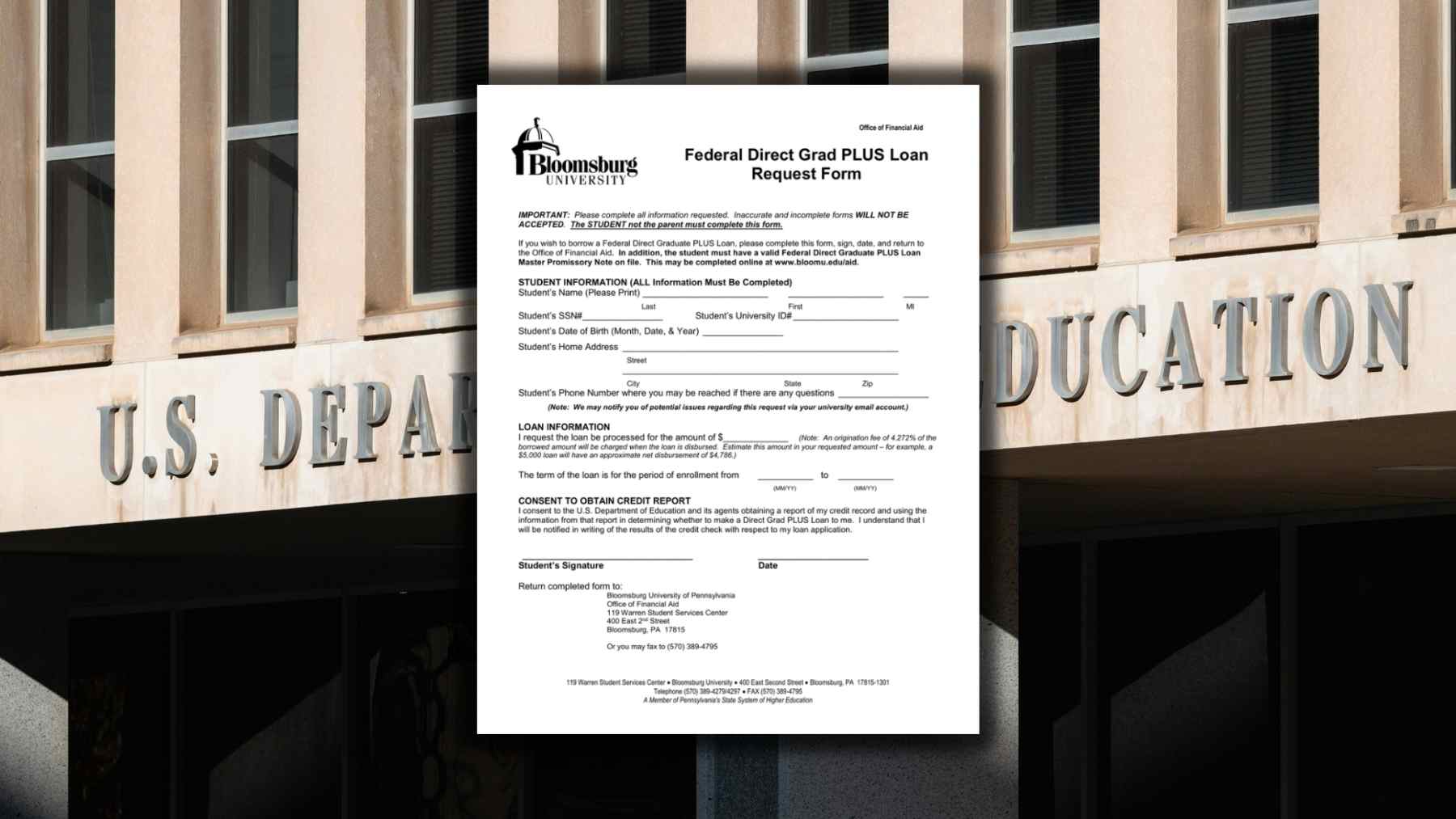A new payment may have been deposited into your bank account today. Every month, the Social Security Administration (SSA) distributes millions of payments to their beneficiaries. These payments are staggered throughout the month, with your payment date depending on when your birth date is, which Social Security fund you receive benefits from, and when you decided to claim your benefits. Today the SSA releases their first round of August payments to beneficiaries, check to see if you are eligible.
The SSA follows a strict payment schedule
The Social Security Administration has approximately 70 million beneficiaries which they need to make payments to every month. As such, they have to follow a strict and timely schedule not just from an admin perspective but also to ensure that their beneficiaries can plan their monthly expenses around an accurate and timely payment date.
The general payment schedule the SSA pays beneficiaries is as follows:
- The second Wednesday of the month: Birth dates between the first and the 10th of the month.
- The third Wednesday of the month: Birth dates between the 11th and 20th of the month.
- The fourth Wednesday of the month: Birth dates between the 21st and 31st of the month.
However, payment dates are different for those beneficiaries who receive benefits from the Supplementary Security Income (SSI) fund or those who receive both retirement and SSI benefits. If you are an SSI beneficiary, you are paid on the first of every month regardless of when your birthdate is. Similarly, if you receive both SSI and retirement benefits, you are paid on the third of every month. In addition, beneficiaries who claimed their retirement benefits before May 1997 are also paid on the third of every month.
Who will receive over $1,000 in their bank account today?
The amount you receive in benefits from the SSA depends on both the fund you receive benefits from as well as your eligibility regarding each fund’s maximum payment amount. According to the Social Security payment schedule, SSI recipients will be receiving their first round of payments today. If you are a single qualifier, the SSI maximum payment you can receive is $943. If you are a married couple and both qualify to receive SSI together, the maximum payment you can receive is $1,415.
Additionally, this month will see SSI beneficiaries receive an additional payment from the Administration. While the SSA rarely deviates from their regular payment dates, they will advance beneficiary payments if the usual payment date falls on a weekend or holiday. Next month, September 1 is Labor Day, meaning the September SSI payment will be paid to beneficiaries on August 29.
To be eligible to receive SSI, the following criteria needs to be met:
- You are over the age of 65 OR
- Are blind or have a another physical disability
- Have a waged income less than $1,971 as an individual
- Have a waged income less than $2,915 as a couple
Which beneficiaries receive over $5,000?
As part of this month’s new round of payments, some retirement beneficiaries will receive the maximum retirement benefit of $5,108. However, not only beneficiaries receive this payment, with the average retirement benefit amounting to approximately $2,000. In order to qualify to receive the full maximum retirement benefit, you have to ensure that you meet a number of eligibility requirements.
These requirements include waiting until you are 70 years old to claim your retirement benefits, have a working history of at least 35 years, and have obtained 40 working credits from the SSA. The key requirement here is to delay claiming your benefits. While the SSA allows you to claim your benefits as early as 62 years old, you are rewards with highly monthly benefits if you choose to delay claiming them. However, once you reach 70 years old, there i no additional benefit for you to keep delaying claiming.
Disclaimer: This content is informational only and does not supersede or replace the SSA’s or IRS’s own publications and notices. Always verify any specific dates and amounts by following the direct links in our article to SSA.gov or IRS.gov, or by consulting your local SSA field office or tax professional.















